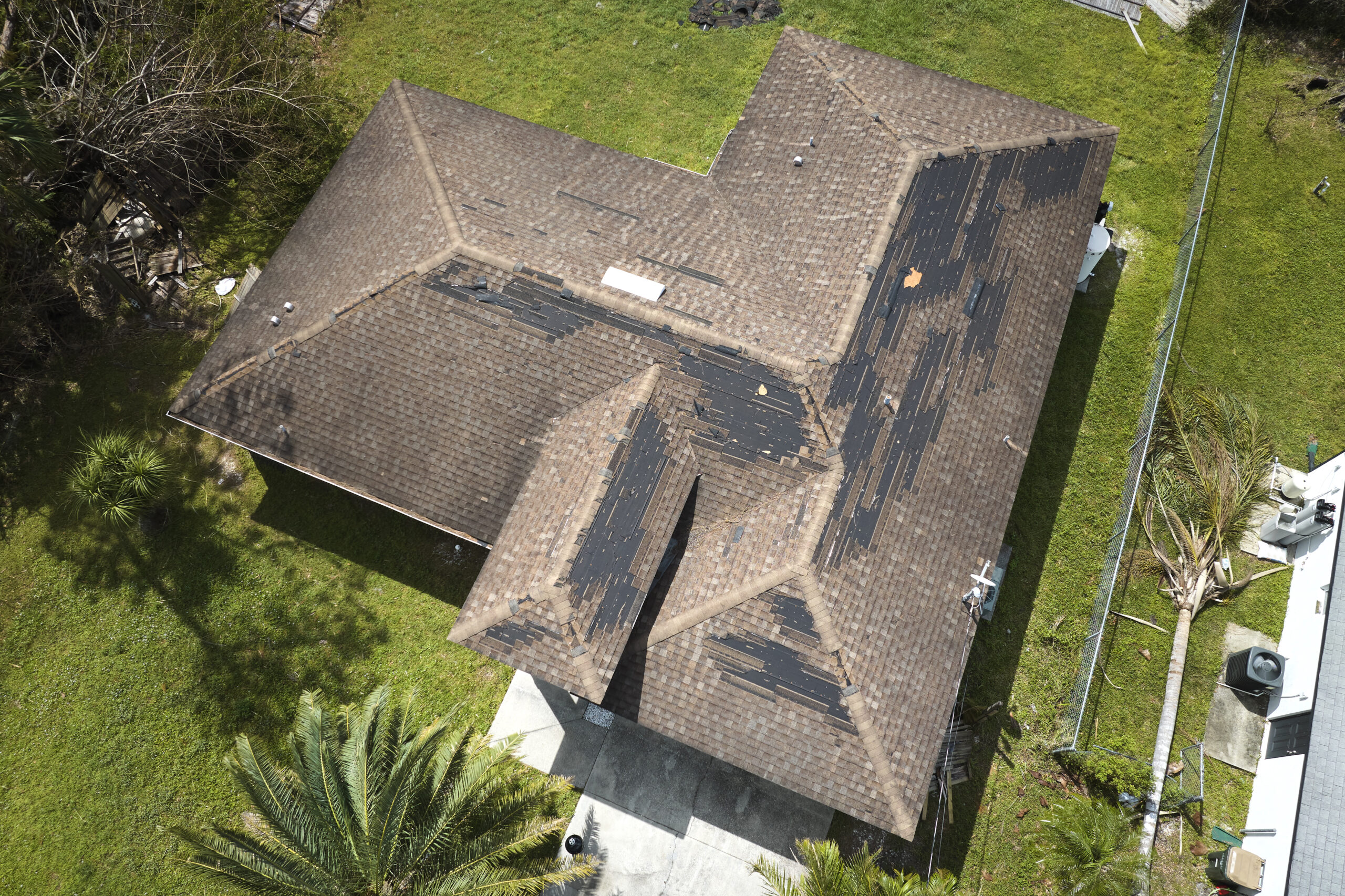How heat can damage your roof.
Arizonians are no strangers to harsh summer heat. Unfortunately, our roofs can’t get out of the sun, so they take a beating most of the year here. Being aware of this helps catch signs of roof degradation.
What is roof degradation?
Roof degradation can be caused by extended exposure to direct sunlight. This can compromise your roofing material and may result in shingles buckling, eroding, and peeling back. This then exposes the wood beneath the shingles, leaving it vulnerable to rain. What roofs are susceptible to roof degradation? Older roofs. If your roof has been up for over 15 years and you notice balding. When it is time to replace your roof? Try to return before the heat of the summer months set in.
SIGNS OF HEAT-DAMAGED ROOFING
There are a few tell-tale signs your roof has suffered from heat damage.
Some signs are curling shingles, deteriorating or balding shingles, Peeling, Buckling, and Eroding. Once you notice these signs of damage, it’s best to call in the pros to look into possible repairs or replacement options.
Heat-related threats to roofing
Heat-related threats to the roof are extremely common and can be one of the leading causes of roof damage. Between the increase in humidity that comes with the late summer months and constant exposure to sunlight, the roof can experience a decrease in its lifespan during this timeframe.

UV RAYS
The sun is closer to the earth in the summer, so this leaves your shingles exposed to more UV rays than any other time of the year. Direct exposure to sunlight can age your shingles, causing them to peel or erode. Tile roofs are better for Arizona because they bounce heat and absorb less UV light.
THERMAL SHOCK
Other heat-related damage can be when thermal shock occurs. This is when the roofing system expands and contracts due to constant heating and cooling. The more this happens, the more strain is put onto your roof, decreasing its lifespan. You can expect cracks and splits from thermal shock if you have an older roof.

